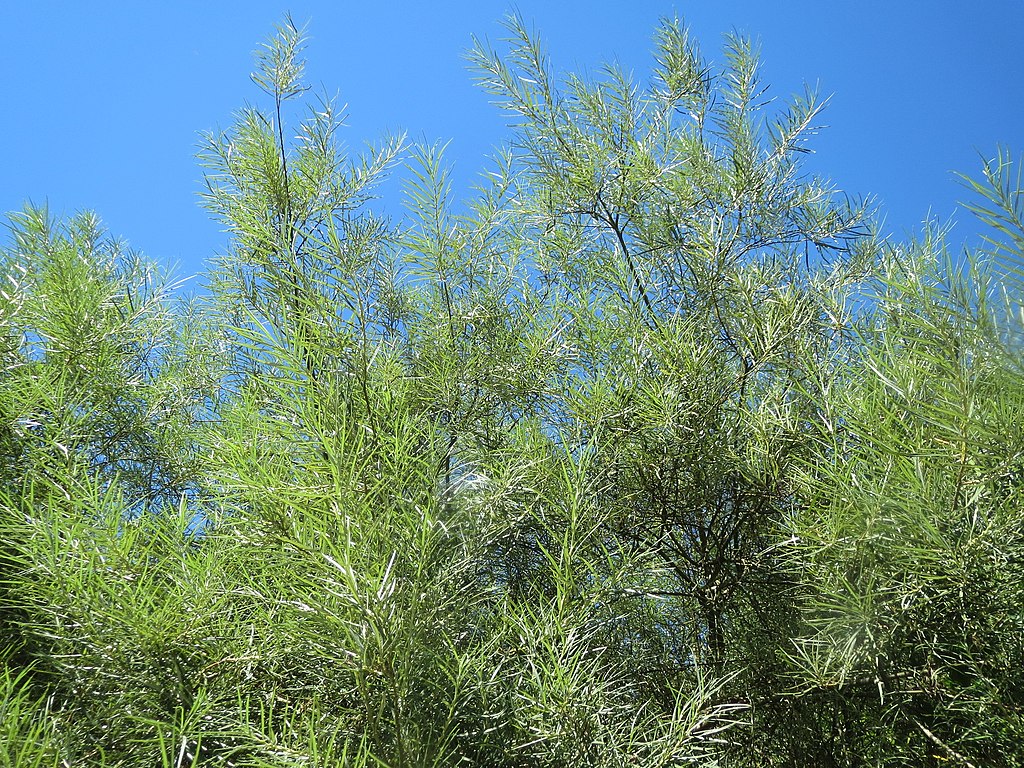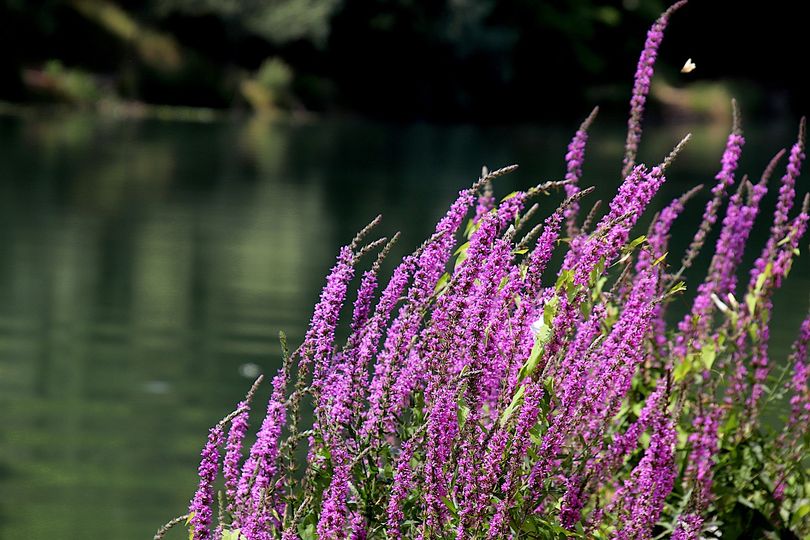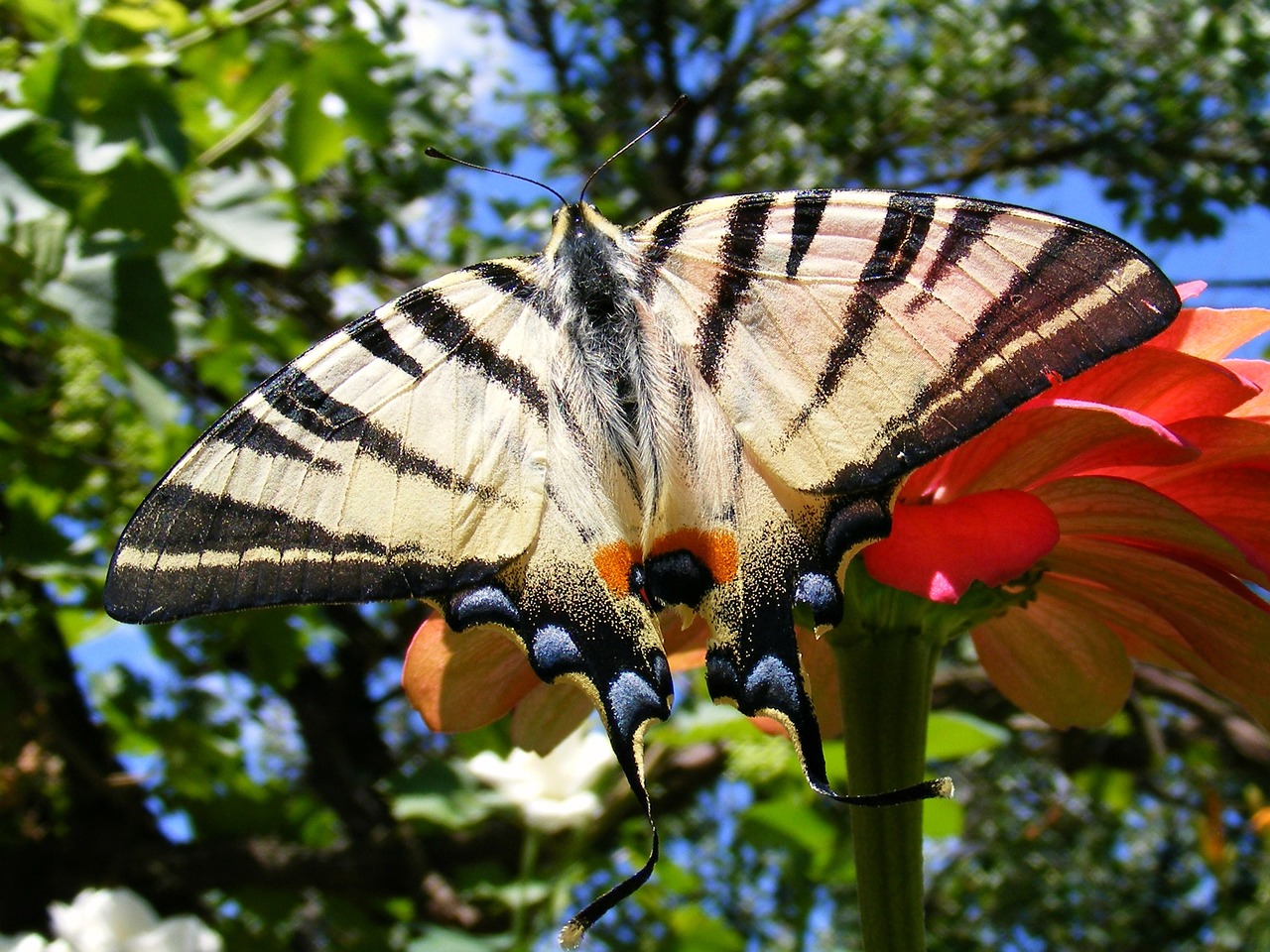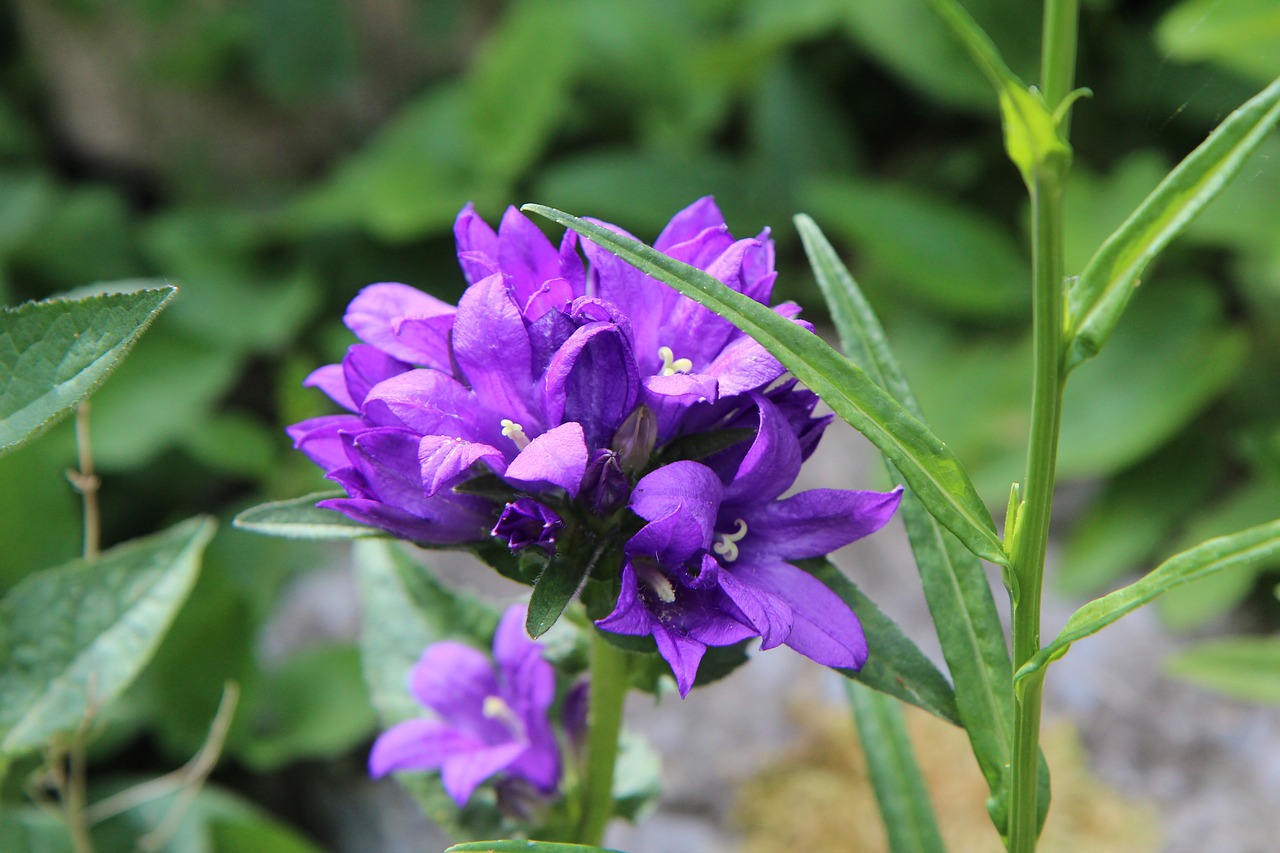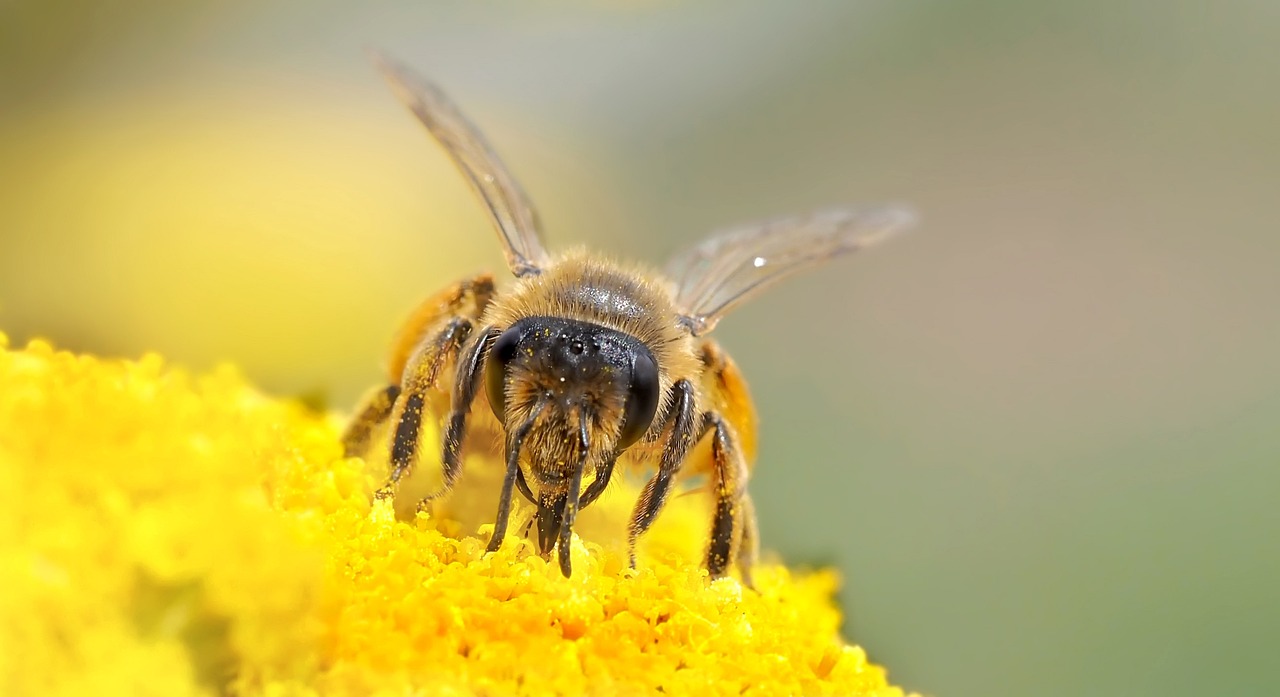Bitter willow 🌳🌿
lifepollinaction2023-08-28T10:48:12+02:00Bitter willow The bitter willow (Salix eleagnos) is a small tree that grows to a height of 7-8 meters, sometimes reaching 15 meters. It lives along rivers and streams, occasionally even in the damp sands of riverbeds that are periodically flooded. It can be found from the plains up to 1800 meters in elevation. Its branches are long and slender, and its leaves are lanceolate, measuring 6-12 cm in length. It can be easily confused with other willow species. The flowers are inconspicuous and clustered in catkins, appearing in March-April, and they constitute one of the first sources of food [...]


